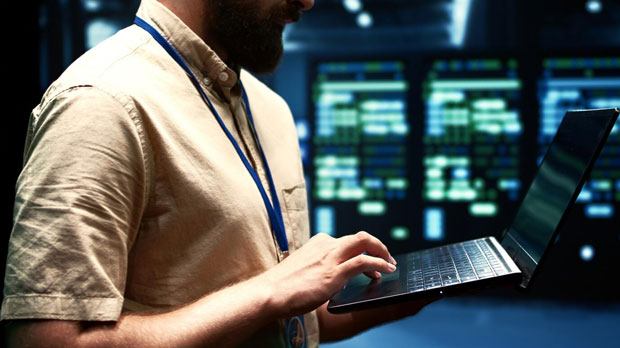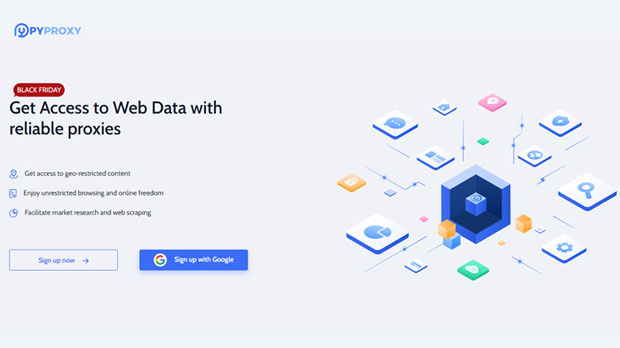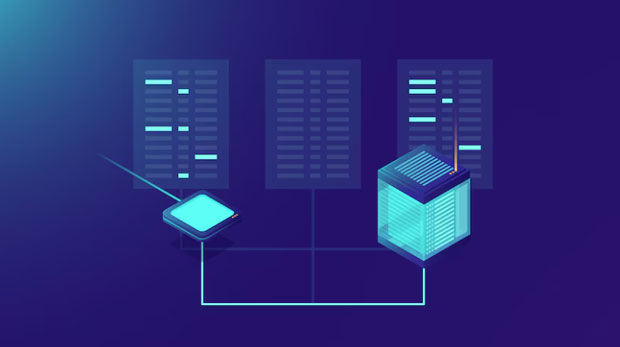In the world of online privacy and security, proxies have become an indispensable tool. Two major types of residential proxies are dynamic residential ip proxies and static residential IP proxies. While both serve the purpose of anonymizing users’ internet traffic, their functionalities, use cases, and features differ significantly. Dynamic Residential IP proxies rotate IP addresses regularly, offering enhanced security but with some limitations in consistency. On the other hand, Static Residential IP proxies provide a single IP address for an extended period, ensuring reliability and consistency. This article delves into the key differences, highlighting their respective strengths and weaknesses, offering valuable insights for customers looking to choose the right type for their needs. 1. Understanding Residential IP ProxiesBefore delving into the specifics of dynamic and static proxies, it is important to first understand what residential IP proxies are. Residential IP proxies use real IP addresses assigned to home users by Internet Service Providers (ISPs). These proxies are not data center IPs, which are easily detectable and blocked by websites. Residential IPs, being associated with real users, are much harder to identify as proxy traffic, making them valuable for tasks that require anonymity, such as web scraping, accessing geo-restricted content, or conducting competitive analysis.2. What Are Dynamic Residential IP Proxies?Dynamic residential IP proxies are characterized by their ability to change the IP address at regular intervals. This rotation helps mask the user's identity and makes it more difficult for websites to track or block specific IP addresses. Here are some key features and benefits of dynamic residential IP proxies:- Enhanced Anonymity: By rotating IP addresses frequently, dynamic proxies increase the level of anonymity. Websites cannot easily associate a particular user with a consistent IP address, making it harder to track online behavior.- Avoiding IP Bans: Many websites use IP-based restrictions or bans to prevent bots or unauthorized users from accessing their content. With dynamic proxies, users can circumvent such restrictions by constantly changing IPs, making it harder for websites to detect automation.- Ideal for Web Scraping: Web scraping often requires the ability to send a large volume of requests without getting blocked. Dynamic residential IP proxies can be highly effective for this purpose, as they can simulate human-like browsing behavior. However, dynamic proxies do come with certain limitations:- Inconsistent Connection: As IP addresses change frequently, there might be moments of disruption in service. This could affect the consistency of long-duration tasks, such as maintaining a stable session.- Session Management Challenges: Websites that require a continuous session may face difficulties when using dynamic proxies, as the changing IP address might cause session interruptions.3. What Are Static Residential IP Proxies?In contrast, static residential IP proxies offer a fixed IP address for an extended period. The key advantage of static proxies is their ability to provide a consistent and stable connection. Here are the main features of static residential IP proxies:- Consistency: Static proxies provide the same IP address over time, which is essential for applications where stability is required. This is particularly useful for logging into accounts, maintaining a session, or managing online profiles.- Trustworthiness: Static residential IPs are considered more trustworthy by websites, as they do not frequently change. This helps establish a more reliable connection with the target website, making them a better option for long-term usage.- Long-Term Projects: For tasks that require long-term access to a website, such as managing social media accounts or performing consistent market research, static proxies are ideal because they provide the same IP, reducing the likelihood of being flagged as suspicious.However, static residential proxies also have their drawbacks:- Risk of Detection: Since the IP address remains fixed, it can become more easily identified and blocked if the website's anti-proxy systems are sophisticated enough. Over time, the static IP can also be blacklisted if it's associated with suspicious activity.- Limited Flexibility: Unlike dynamic proxies, static proxies lack the flexibility of rotating IPs. If a website blocks or flags a static IP, the user will have to switch proxies or wait for the block to lift.4. Key Differences between Dynamic and Static Residential IP ProxiesTo better understand the distinctions, here is a comparison of dynamic and static residential IP proxies across various factors:- IP Rotation: Dynamic proxies rotate IP addresses regularly, while static proxies maintain the same IP for extended periods.- Use Cases: Dynamic proxies are ideal for web scraping, ad verification, and bypassing IP bans. Static proxies are suited for long-term tasks such as account management, ad accounts, or social media automation.- Anonymity and Security: Dynamic proxies provide higher levels of anonymity due to the regular IP rotation, reducing the chances of being tracked. Static proxies are more predictable and may be more easily detected or blocked.- Stability: Static proxies offer more stability as they provide the same IP address, ensuring uninterrupted sessions. Dynamic proxies may experience interruptions due to IP rotation, which can affect long-term tasks.5. Choosing the Right Type of Proxy for Your NeedsWhen deciding between dynamic and static residential IP proxies, it’s crucial to consider the specific requirements of your project. If your goal is to perform activities that require high anonymity, such as scraping or bypassing geo-restrictions, dynamic proxies are a good choice. Their rotating IPs help mask your identity and avoid detection. On the other hand, if you need consistent access to a website, particularly for tasks like managing online accounts or conducting market research, static proxies are the better option.The decision also depends on the nature of the website you are interacting with. Websites that heavily monitor IP addresses and employ anti-proxy measures may benefit more from dynamic proxies, while those that rely on long-term engagement or trust-building may perform better with static proxies.Both dynamic and static residential IP proxies offer distinct advantages and are suited for different applications. Dynamic proxies excel in providing enhanced anonymity and flexibility, making them ideal for high-volume, short-term tasks like web scraping. Static proxies, on the other hand, offer the stability and consistency required for long-term projects and tasks that require continuous access to a website. Understanding the key differences between the two can help you make an informed decision and choose the proxy type that best suits your needs.
Aug 29, 2025



































































